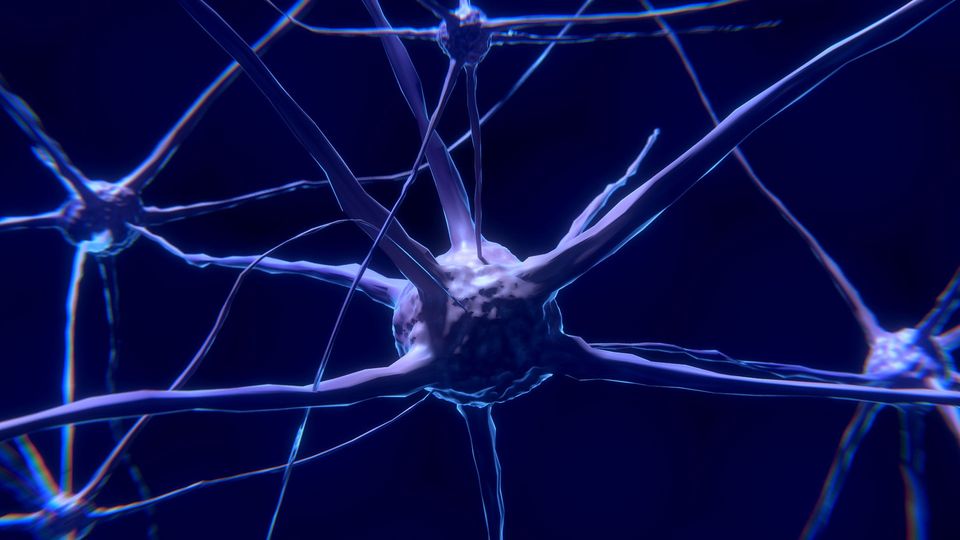Parkinson's Disease Halted in Mouse Model
Researchers have shed new light on the cellular processes behind Parkinson's and illustrated how disease progression can be halted.

Complete the form below to unlock access to ALL audio articles.
In a study published in Nature Communications, investigators at Beth Israel Deaconess Medical Center (BIDMC) shed new light on key cellular processes involved in the progression of Parkinson’s disease (PD). Affecting around 10 million people worldwide, Parkinson's disease is a neurodegenerative disorder caused by the progressive loss of the group of brain cells responsible for producing dopamine, a neurotransmitter that plays a critical role in regulating movement and coordination. As these neurons degenerate and dopamine levels decrease, individuals with Parkinson's disease experience a wide range of symptoms, including tremors, stiffness and difficulties with balance and coordination.
Researchers in the lab of senior author David K. Simon, MD, PhD, director of the Parkinson’s Disease & Movement Disorders Center at BIDMC, in collaboration with colleagues at the University of Cambridge and Mission Therapeutics, performed complementary experiments showing that inhibiting a specific enzyme in a mouse model protects the dopamine-producing neurons that are normally lost as PD progresses, effectively halting the progression of the disease. The findings open the door to the development of novel therapeutics targeting the enzyme that may slow or prevent the progression of Parkinson's disease in people—a major unmet need.
“Our lab is focused on working out the origins of Parkinson's disease and it is our hope that--one day--we will be able to slow down or even prevent disease progression in patients,” said first author Tracy-Shi Zhang Fang, PhD, an instructor in Simon’s lab. “The current study's findings pave the way toward that future.”
Want more breaking news?
Subscribe to Technology Networks’ daily newsletter, delivering breaking science news straight to your inbox every day.
Subscribe for FREEIn a second set of experiments, the team validated the knockout studies using a proprietary molecule developed by Mission Therapeutics to block the enzyme’s action in the dopamine-producing neurons. As in the knockout mice, inhibiting the enzyme’s action increased clearance of dysfunctional mitochondria and protected dopamine-producing neurons.
“The two experimental strategies together are much more convincing than either alone,” said Simon, who is also a professor of neurology at Harvard Medical School. “Together, our very significant findings support the idea that reducing USP30 warrants further testing for its potentially disease-modifying effects in PD.”
Reference: Fang TSZ, Sun Y, Pearce AC, et al. Knockout or inhibition of USP30 protects dopaminergic neurons in a Parkinson’s disease mouse model. Nat Commun. 2023;14(1):7295. doi: 10.1038/s41467-023-42876-1
This article has been republished from the following materials. Note: material may have been edited for length and content. For further information, please contact the cited source.



